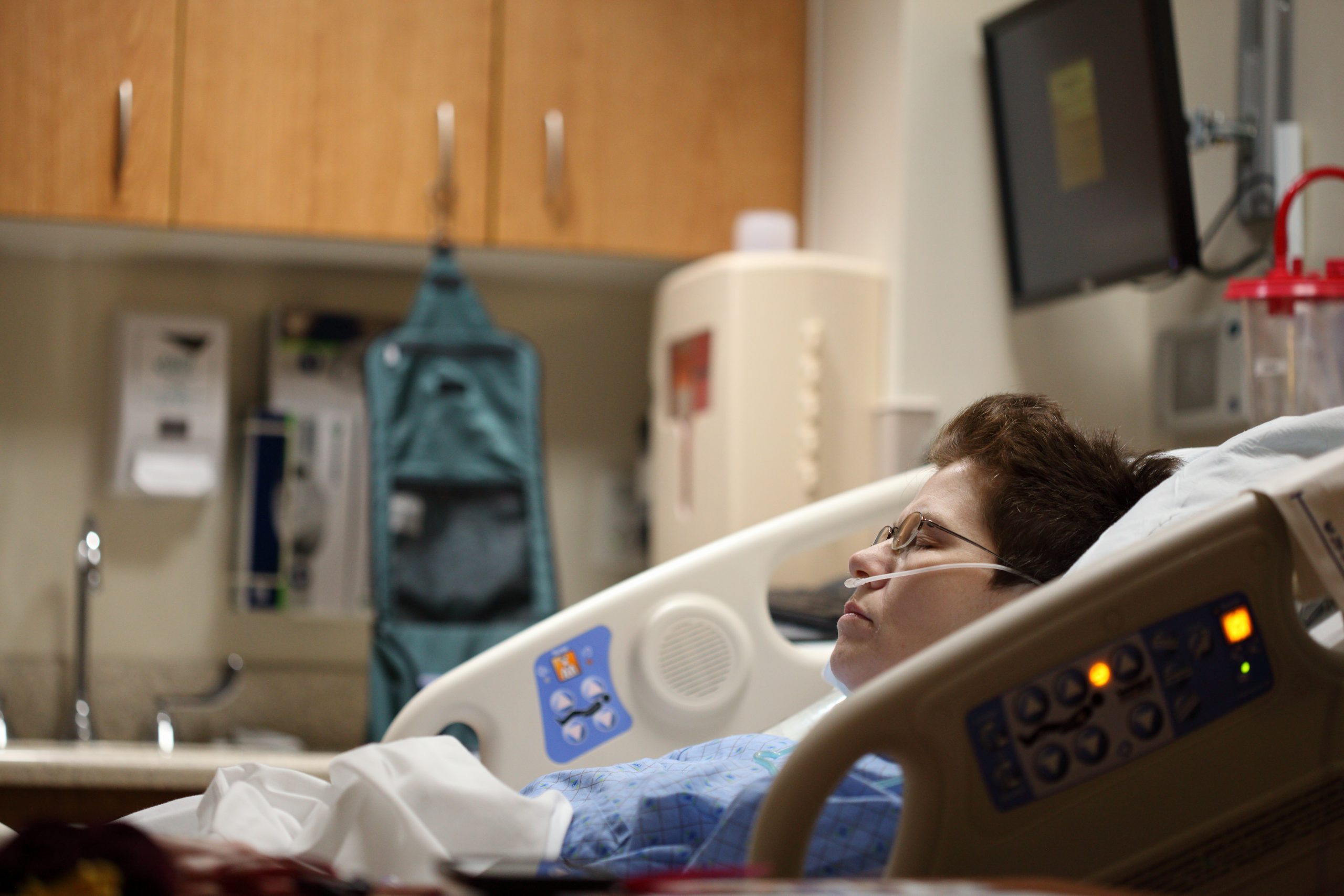Nowadays, even lower-demand, independent healthcare institutions are operating at full capacity. As the Coronavirus pandemic continues to push thousands to the brink, healthcare systems are under pressure to provide high-quality, incident-free patient services.
However, the rising number of cases and limited resources cause inconsistencies and unpredictability in typically seamless processes. Furthermore, communications are fragmented, resulting in a rise in critical incidents due to insufficient data.
What are Hospitals Doing to Mitigate the Situation?
As cases demonstrate no signs of slowing, healthcare institutions are tapping into disaster strategies and patient safety managers. Those who can afford to do so are looking into single, unified platforms to enhance communication lines between departments and improve the patient experience.
Equipped with risk management and patient safety software, hospitals can achieve clarity and streamlined processes in the following ways.
-
Accessible, Centralized Data
Patient safety managers can deliver ongoing support through an integrated system without having to dump from department to department. Instead, simplified analytics and robust reporting capabilities allow users to combine relevant data and benchmark against third-party information.
Thus, hospitals can make precise, data-driven decisions that create positive and productive outcomes.
-
Visibility to Prevent Safety Events
Every data point in risk, claim, and patient safety systems must be evaluated as precisely as possible. As such, professionals need the means to visualize information and build and save dashboards at any given time.
With risk management programs, users can run ad-hoc reports or schedule them for production and distribution at any period or recurring frequency. Before adverse events occur, those with access to such accounts can identify the appropriate actions through organizational and unit-level oversights.
-
Generation of Rapid Root Cause Analysis
Risk managers have to prevent high-severity and high-probability events from recurring—something a patient risk system can provide. Organizations can conduct more precise root cause analysis with access to collected information regarding a single event.
Without having to deal with the time and effort of a paper-based solution, providers can now streamline previously complex assignments by integrating multiple pieces of data into a single source.
-
Safeguarding Patient data
Now more than ever before, data privacy is a game-changer that healthcare institutions have to prevent at all costs. In the past two years alone, 90% of hospitals in the U.S. have experienced a security breach, resulting in a $6.2 billion revenue loss.
Legacy systems can no longer account for significant exposures and susceptibilities as they limit the amount of support, updates, and oversight necessary to maximize efficiency. Now, employees must utilize more robust safety software to limit organization exposure while improving overall functionality.
When recording and exchanging data, professionals won’t have to worry about cybercrime events.
Conclusion
Though software alone can’t empower a strong patient safety culture, it provides a stepping stone towards a health establishment’s ultimate security goals. Now is a particularly critical time for infrastructure enhancement to ensure that patients receive the best possible care with as little risk as manageable.
Find out more about who is incorporating health risk management protocols and how organizations utilize data to improve high-risk environments with Dose of Healthcare. With us, you’ll never have to miss out on up-to-date medical news.



















